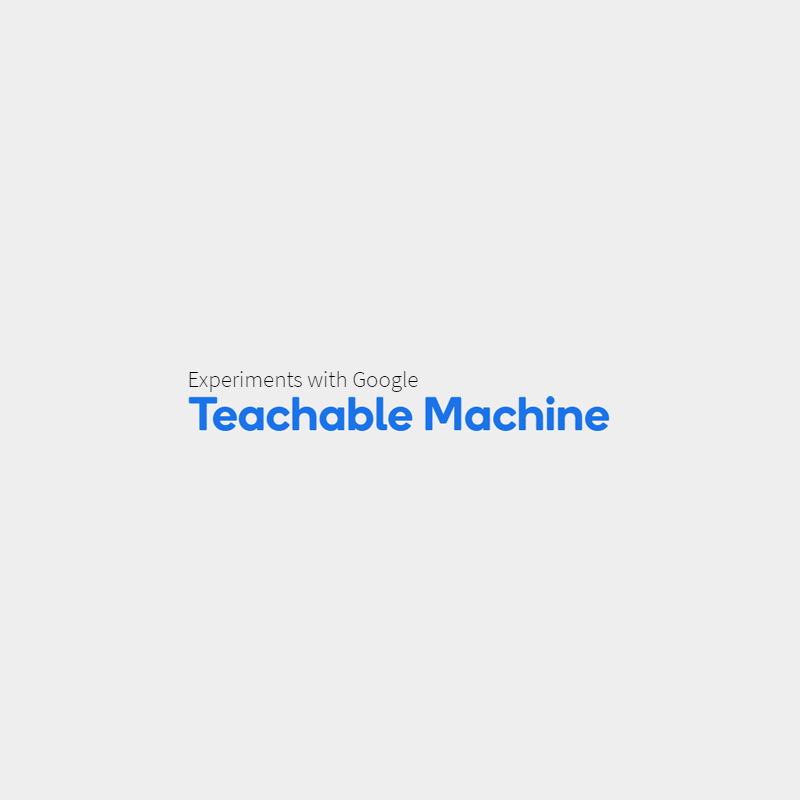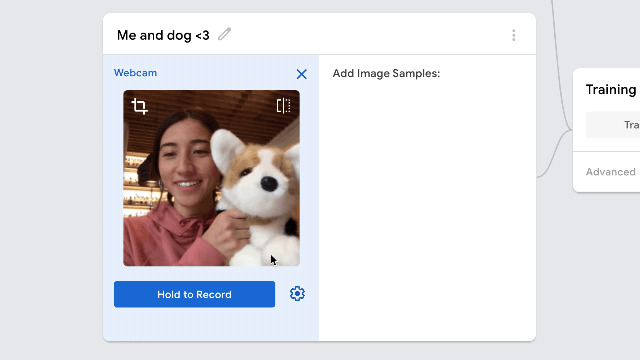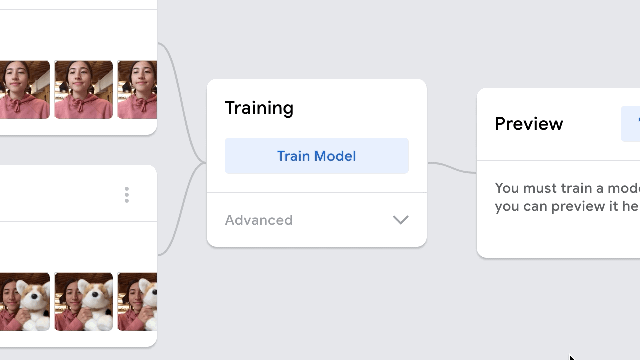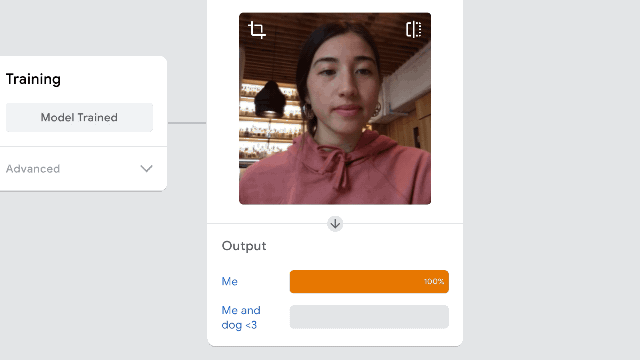
Machine learning and AI are the hype of the modern world. They can be used anywhere to improve and automate tasks that are previously a burden to humans.
For those who want to dive into the subject, the learning curve varies. But in general, they are complex subjects, and can be difficult to really know how they work.
This is why Google has what it calls 'Teachable Machine'.
"From helping you find your favorite dog photos, to helping farmers in Japan sort cucumbers, machine learning is changing the way people use code to solve problems. But how does machine learning actually work? We wanted to make it easier for people who are curious about this technology to learn more about it," said Google in a 2017 blog post.
Teachable Machine allows developers to train their AI models using their camera without any necessary coding. With an update, Google moves a step forward by introducing 'Teachable Machine 2.0, which allows developers to train more advanced models, also without coding.
The earlier version allowed developers to train three classes, but with the updated Teachable Machine, developers can define more than three classes, and also allows them to use images, audio clips, pose data, or their own dataset for the training.
Here are some of the most prominent features of the updated Teachable Machine:
- Train a model on image data.
- Train a model on audio data.
- Train a model on pose data (like in Posenet).
- Upload own datasets to train models.
- Train more than 3 classes per model.
- Disable classes.
- Save TensorFlow.js model.
- Download model.
- Deploy own model to use in own project (websites, apps, physical machines, etc.).

According to Google, developers have already built some projects with this Teachable Machine.
For example, technology expert Steve Sailing built a communication tool for people with speech disability, which uses facial gestures to trigger sounds. Vince MingPu Shao, a professor at the Interactive Telecommunications Program at New York University, and her students, built a gaming model that was trained to move using different gestures.
Acknowledging that privacy is always a concern, Google said that developers should not worry about their data because the the whole process of AI training takes place locally on their local machine.
And since the model is powered by Google’s open-source machine learning library Tensorflow, developers can easily plug it into apps or websites.

"With the click of a button, Teachable Machine will train a model based on the examples you provided. All the training happens in your browser, so everything stays in your computer," said Google on its blog post.
Teachable Machine should be useful for interested novice developers who haven't really learned how to code for machine learning applications.
With version 2.0, things are just getting better for them.
Overall, this is indeed a step up for Google in making developers who have interest in AI, to quickly pick up their pace.

